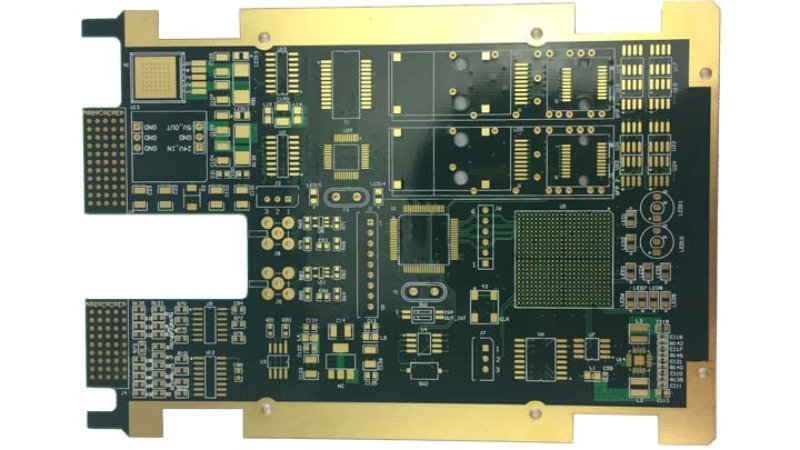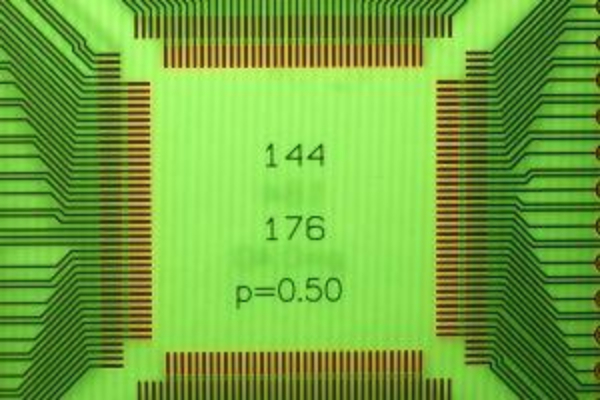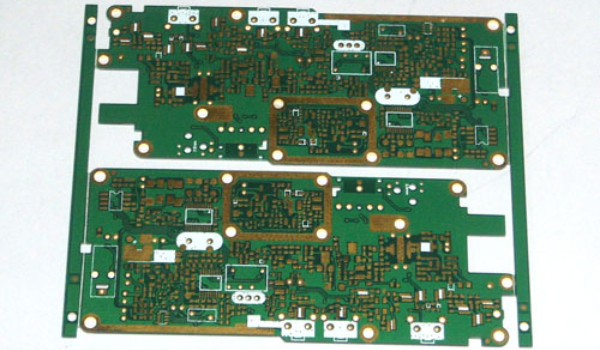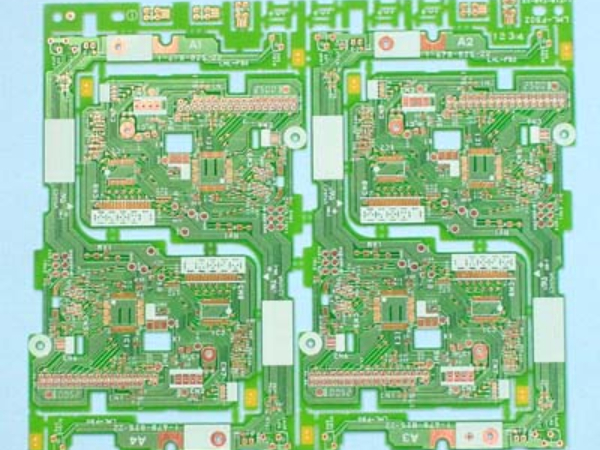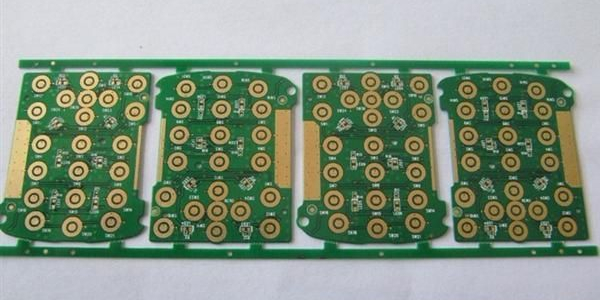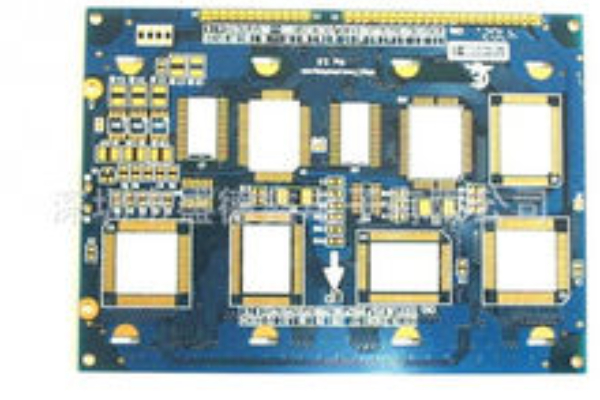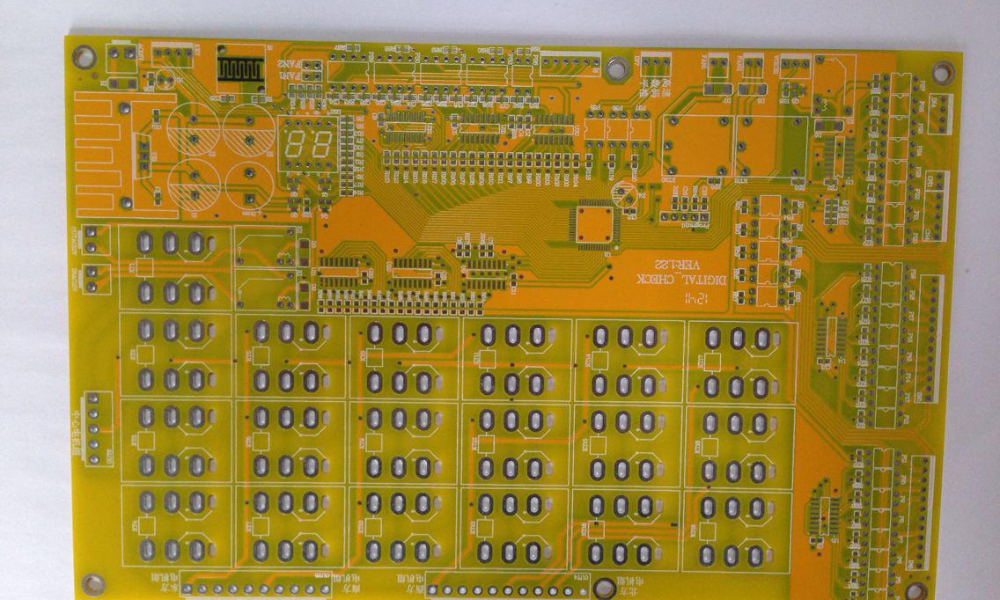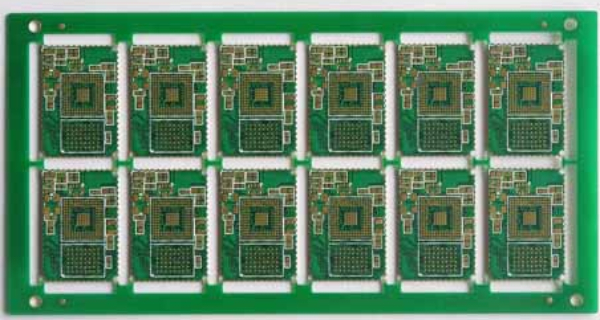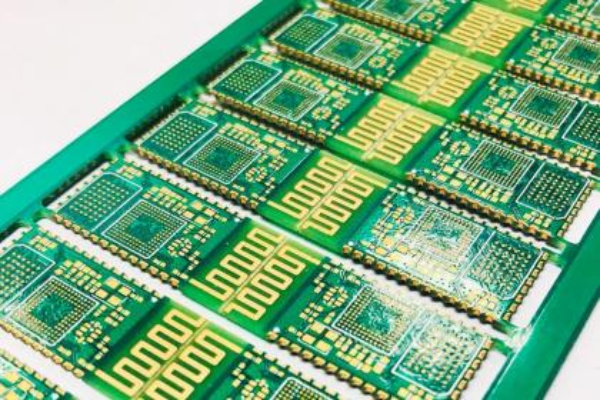In PCB copy board or PCB design, we often encounter some copper laying problems. The following is a summary of these issues:
First, what is the role of copper laying in PCB circuit board placement?
Heat dissipation;
Shielding Anti-interference pcb board with parasitic capacitance;
Improve the strength of the board;
Aesthetics;
Increase the difficulty of being copied boards, especially copper + black oil.
Second, PROTEL irregular copper laying method:
1, first of all, we need to know in the PCB that piece of area to lay copper
2, and then determine the need to pave the copper of the region Shop what kind of network of copper (to determine what power supply, or what ground, or what other networks)
3, click on the tool to lay copper
4, set the copper paving safety spacing and line width and grid spacing
5, set the way to lay copper (positive, diagonal grid)
Third, laying copper settings
Net Option group: set the network to be connected by copper-laying, mainly containing three options
Connect to net: set the name of the network to which copper is to be connected, if you choose No Net, the 2 options below the list are meaningless.
Pour Over Same: override the same network name, i.e. if you choose GND as the copper connection, even if you draw some ground lines on the PCB, these ground lines will be overridden when laying copper. If you don’t select this item, the ground lines that have already been drawn will not be overwritten.
Remove Dead Copper: Remove Dead Copper, some isolated, not connected to the GND of the circuit of the copper is known as dead copper or lonely copper, these copper can only be used to decorate the PCB, not a lot of practical significance.
Hatching Style: set the way to lay copper, respectively, to 90 degrees, 45 degrees, vertical, horizontal way of copper film alignment settings.
Plane Settings: Set the grid point interval of copper film line.
Grid Size: Set the spacing of copper polygon, i.e. copper density.
Trace Width: set the width of the copper film line.
Layer: Set the layer where the copper is laid.
LockPrimitves: lock all the copper, generally check it.
If the line width is greater than the grid spacing, then the PCB board of copper is the whole piece of copper skin.
Surround Pads With: set the copper and pads between the surround mode, 8-edge type or arc surround
Minimun Primitives Size: set the shortest length of the copper film line, the larger the value, the faster the speed of laying copper.
Note: In wiring, the minimum line width (Track Width) can not be less than 0.01, Grid Size (Grid Size) can not be less than 0.01. If you find a mistake in the copper laying process, you can press Backspace to delete the drawn shape.
If you want to keep more copper paving area, we usually do not set Delete Dead Copper to be effective as soon as we start paving copper, in that case, you will see a large piece after paving, a large piece of spare space is not paved. So first directly lay, after laying, observe those are dead copper, see if you can try to connect through the upper and lower layers of copper. If there is really difficult to connect individual places, see if you can optimize the PCB, try to save the dead copper through the hole. If there is no other way, we can choose to remove the dead copper items and resurface the board to make it more neat and tidy.
Sometimes we want to pad wires, etc., away from the copper film line a little farther, we need to set up RULE in the distance between the distance, if we increase the distance between the distance, the system may prompt a lot of ERC detection errors, but it does not matter, and so we pave the copper after the completion of the distance between the distance to set back to the good.
If you want to keep more copper laying area, we usually don’t set Delete Dead Copper to be effective as soon as we start laying copper, in that case, you will see a big piece after laying, a big piece of free space is not laid. So first directly lay, after laying, observe those are dead copper, see if you can try to connect through the upper and lower layers of copper. If there is really difficult to connect individual places, see if you can optimize the PCB, try to save the dead copper through the hole. If there is no other way, we can choose to remove the dead copper items and resurface the board to make it more neat and tidy.
Sometimes we want to pad wires, etc., away from the copper film line a little farther, we need to set up RULE in the distance between the distance, if we increase the distance between the distance, the system may prompt a lot of ERC detection errors, but it does not matter, and so we pave the copper after the completion of the distance between the distance to set back to the good.
Fourth, protel99 copper pavement deletion
shortcut key E + D, and then to delete the cloth copper on the mouse point. Or use the network selection method, select the network to delete, and then delete.
protel99 can delete part of the copper pavement? It is to cut off a piece of the existing copper lay that is not wanted. After I laid the wires and copper, I found that there is some problem to change the wiring, so the copper should be changed, but I don’t want to delete all the wires and change them and then re-lay them again, because it’s an irregular copper, which is more troublesome. Delete to change the place to lay copper, change and then lay on a good operation.
Fifth, protel99 copper paving modification
When you find that the copper is not satisfactory, or need to change the alignment again, you had better delete the copper, after the change, and then lay once. The method of deletion is to use the delete command under the editor, the mouse will be in the state of the delete command, click on the copper on the deletion of the store, than some of the books introduced to adjust the effect of copper on the store much better.
